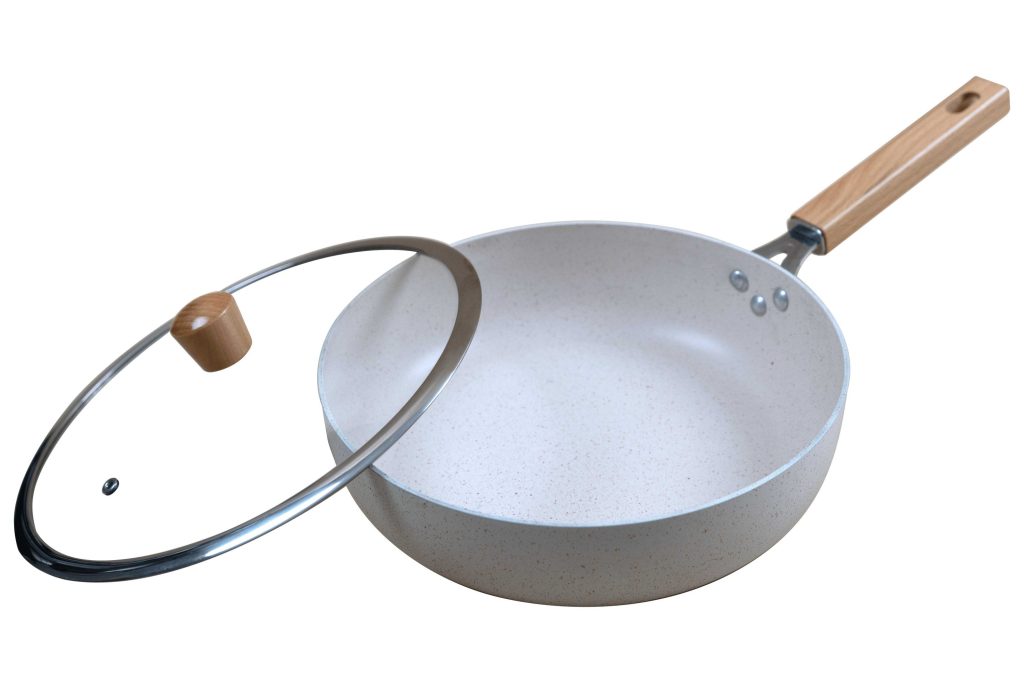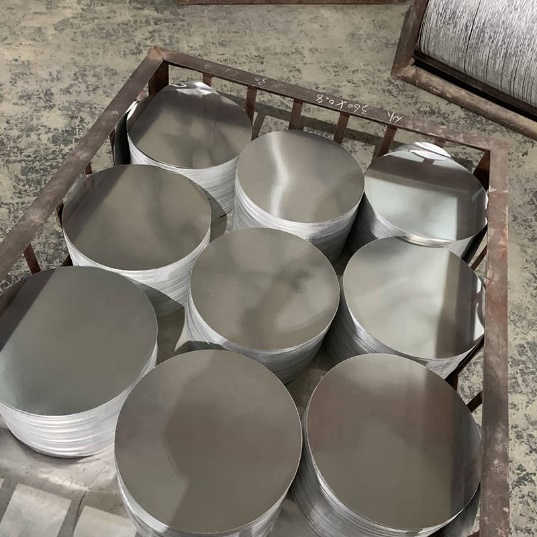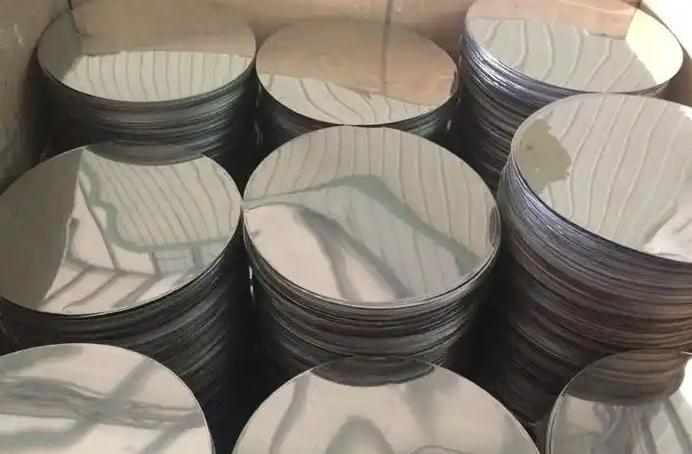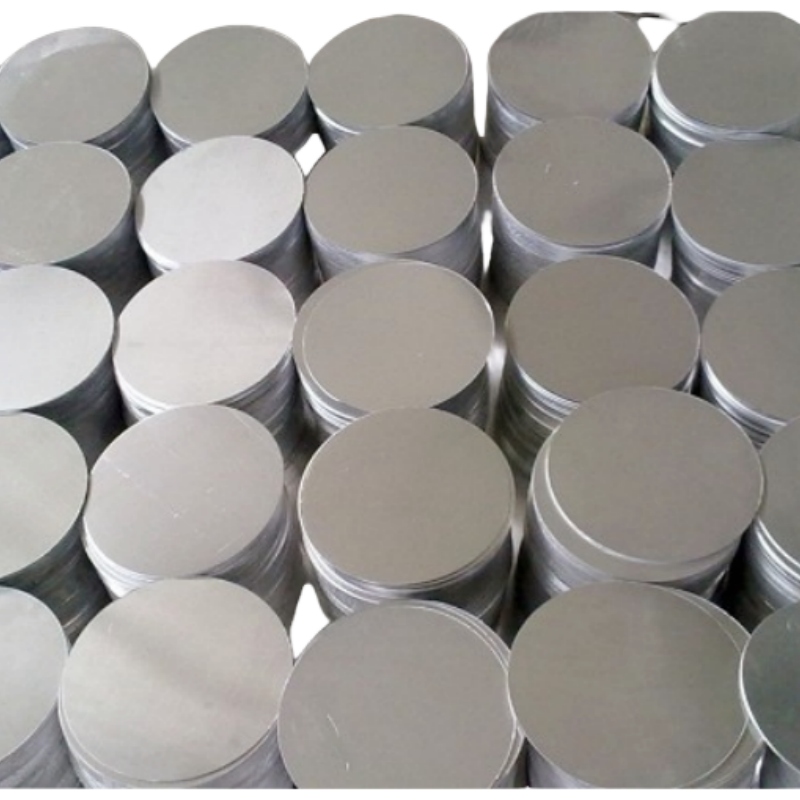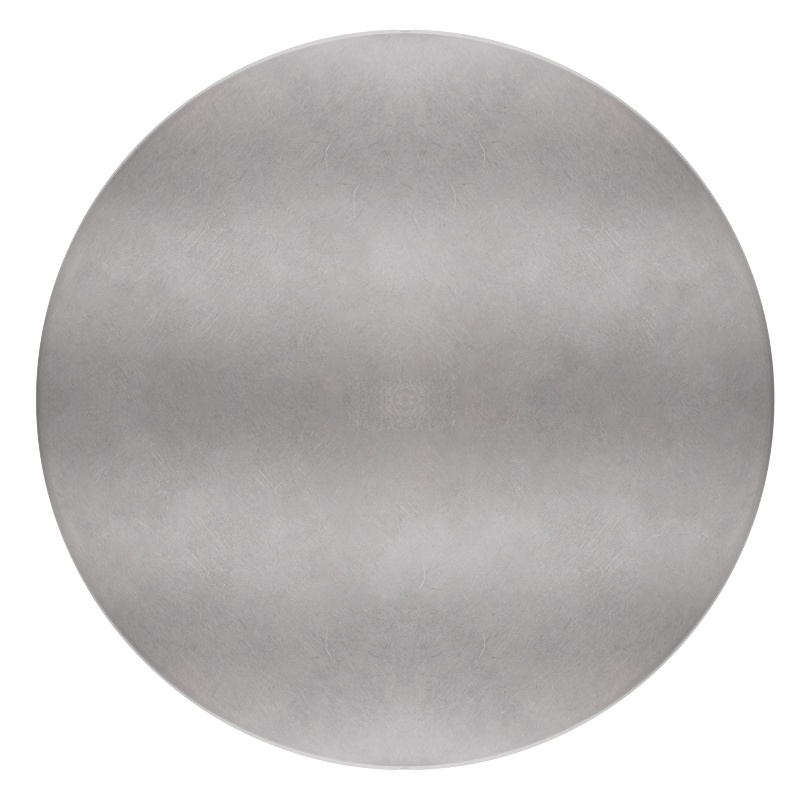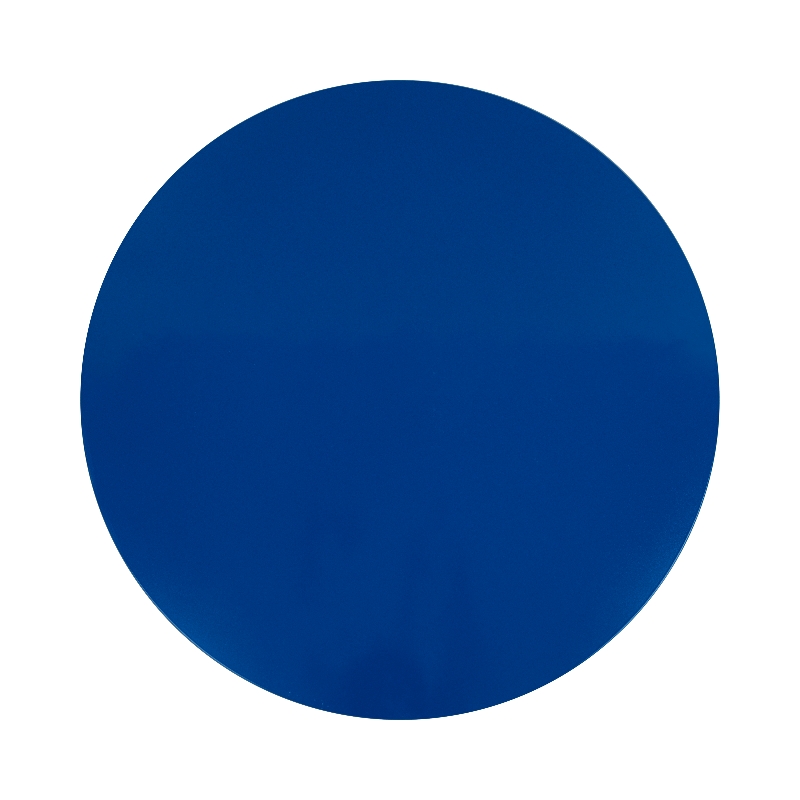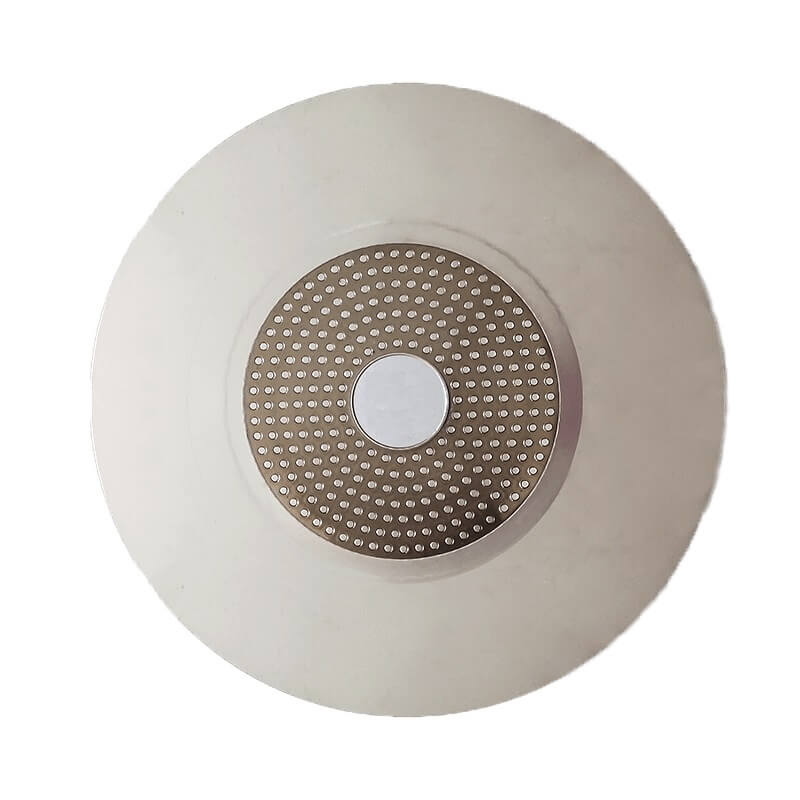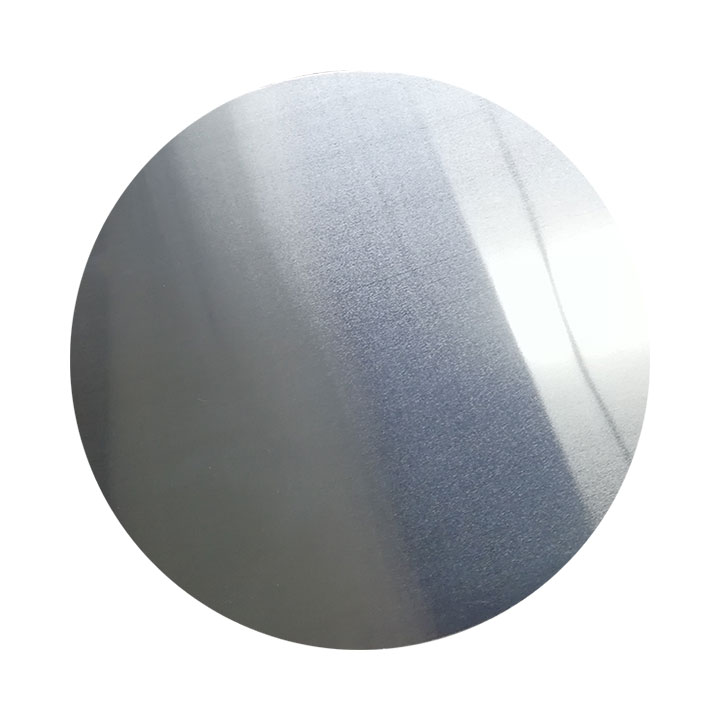Aluminium or Stainless Steel Cookware: Which Is Better?
Standing in the cookware aisle, confronted by gleaming pots and pans, the choice between aluminum and stainless steel can feel overwhelming. Both are popular, both have their proponents, but which is truly the better option for your kitchen? Here we providing a comprehensive comparison of these two common cookware materials from their properties, health implications, user experience, and ideal applications, empowering you to make an informed choice that aligns with your cooking style and needs.
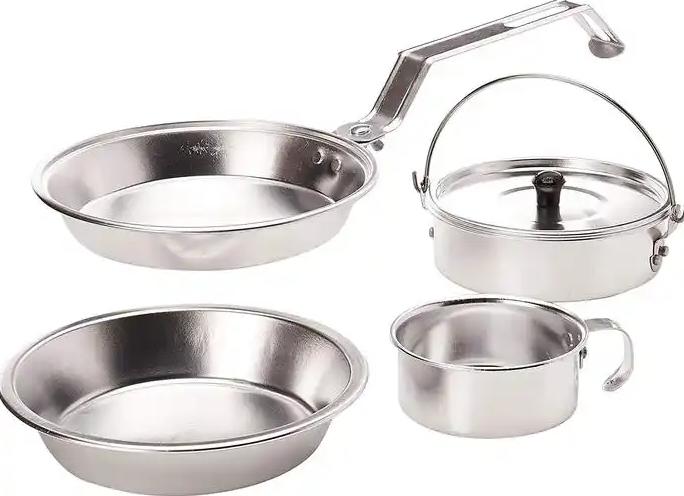
Material Property Comparison: Performance of Aluminium vs. Stainless Steel
Aluminum and stainless steel differ significantly in their material properties, leading to distinct performance characteristics in the kitchen.
- Aluminium
Aluminium is well-known for its exceptional heat conductivity, with a thermal conductivity of 237 W/(m·K), which ensures even heat distribution and reduces cooking time. Experiments show a 1.5L aluminum pot boils water in 4.5 minutes, while stainless steel takes over 6 minutes. Its lightweight nature makes it easy to handle, especially for tasks like tossing ingredients in a pan.
However, uncoated aluminium can react with acidic or alkaline foods, potentially altering the flavor and safety of your meals. To address this, manufacturers often anodize aluminium or add a non-stick coating, which enhances its durability and non-reactivity.
- Stainless Steel
Stainless steel, on the other hand, is prized for its durability and non-reactive surface. It is resistant to rust, corrosion, and scratches, making it a long-lasting option for your kitchen. While it is a poor heat conductor on its own, with a modest 16 W/(m·K) conductivity, heats slowly but retains temperature steadily. High-quality stainless steel cookware often incorporates aluminium or copper cores to improve heat distribution. Stainless steel is heavier than aluminium, which can make it slightly less convenient to handle during cooking.
- Comparison Table:
| Feature | Aluminum | Stainless Steel |
| Heat Conductivity | Excellent | Fair (Improved in clad cookware) |
| Durability | Moderate (softer metal) | Excellent |
| Reactivity | Reactive with acidic foods (unless anodized) | Non-reactive |
| Weight | Lightweight | Heavier |
| Cooktop Compatibility | Varies (check for induction compatibility) | All cooktops, including induction |
From material properties, aluminum wins for speed while stainless steel excels in endurance.
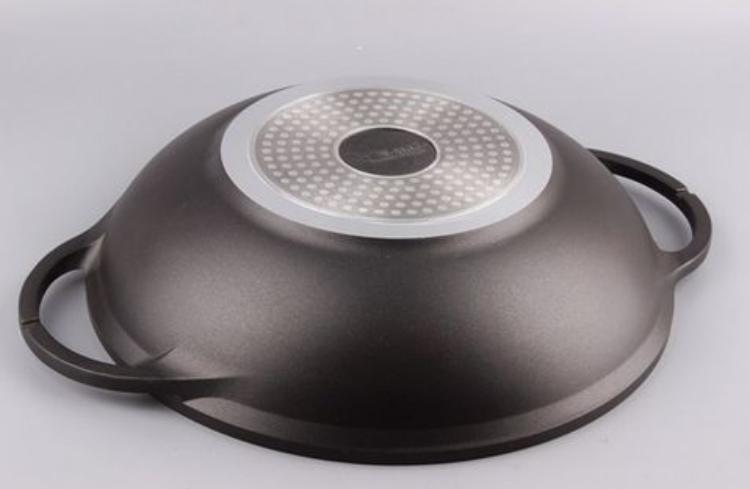
Health and Safety: Scientific Analysis of Precipitation Risk
Concerns about metal leaching into food are often raised in discussions about cookware materials. Let’s examine the scientific evidence surrounding aluminum and stainless steel.
- Aluminium
One concern with aluminium cookware is the potential leaching of aluminium ions into food, particularly when cooking acidic or salty dishes. According to studies, the levels of aluminium that may leach into food are generally low and considered safe for most people. However, individuals with certain health conditions, such as kidney disease, might need to limit their exposure to aluminium.
Anodized aluminium provides a safer alternative, as the anodization process creates a non-reactive, hard surface that prevents leaching. Similarly, non-stick coatings can act as a barrier, though care must be taken to avoid damaging these coatings to maintain safety.
- Stainless Steel
Stainless steel cookware is generally considered safe, as it does not react with food. However, trace amounts of nickel and chromium can leach into food, particularly when cooking highly acidic dishes. For individuals with nickel sensitivity or allergies, opting for low-nickel stainless steel (also known as “18/0” grade) may be a better choice.
Both materials have minimal precipitation risks when used correctly. Anodized or coated aluminium and high-quality stainless steel are excellent choices for minimizing health concerns, but it’s essential to handle and maintain your cookware properly.
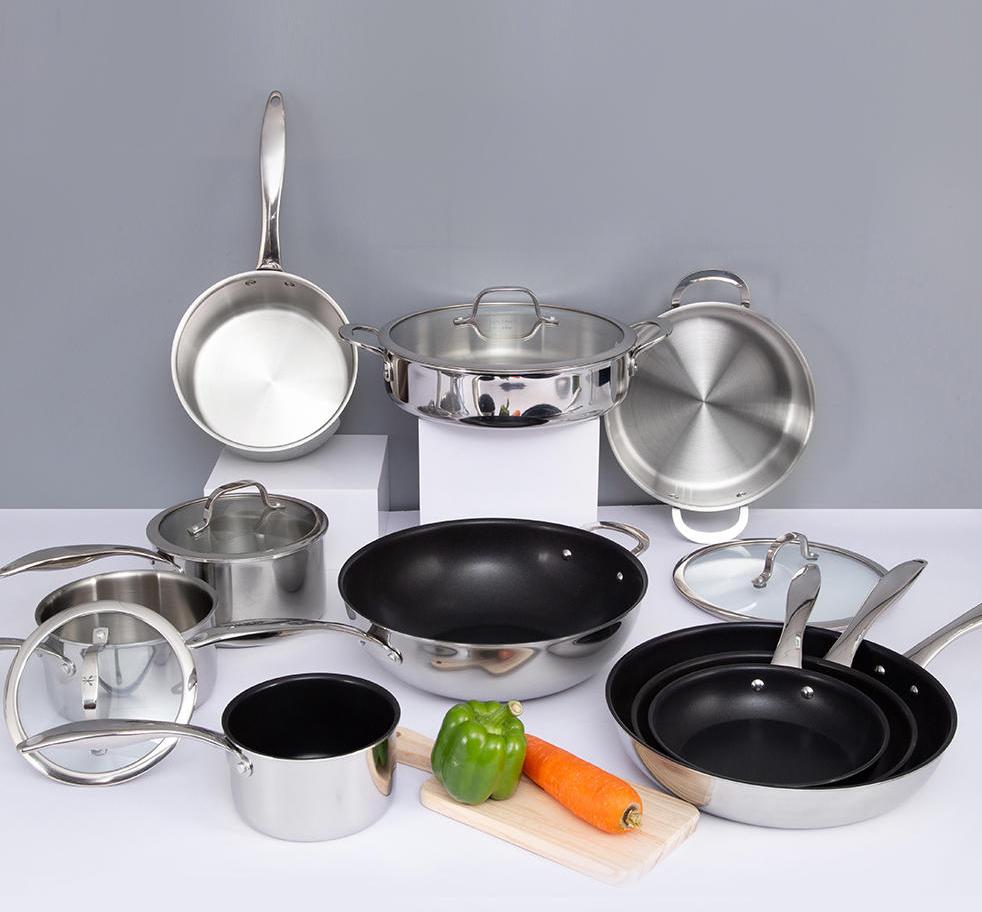
User Experience: Cooking Effect and Maintenance Cost
Beyond material properties and health considerations, user experience plays a crucial role in choosing the right cookware.
- Energy Efficiency: Gas Savings vs. Time Investment
Aluminum pots use 42% less gas to boil water, but Cantonese soup lovers swear by stainless steel’s ability to simmer broth for 8+ hours without flavor loss.
- Cleaning and Maintenance: High Maintenance vs. Low Effort
While aluminum pans demand gentle care (no steel wool!), few know lemon juice can restore their oxide layer. Stainless steel survives dishwashers but battles water stains—TikTok creator “Kitchen Warrior” found white vinegar removes 90% of limescale.
- Cost Analysis: Short-Term Savings vs. Long-Term Value
Aluminium cookware is often more affordable than stainless steel counterparts, making it an attractive choice for budget-conscious buyers. The stainless steel cookware with premium build quality comes with a higher price tag, but it’s longevity can justify the investment.
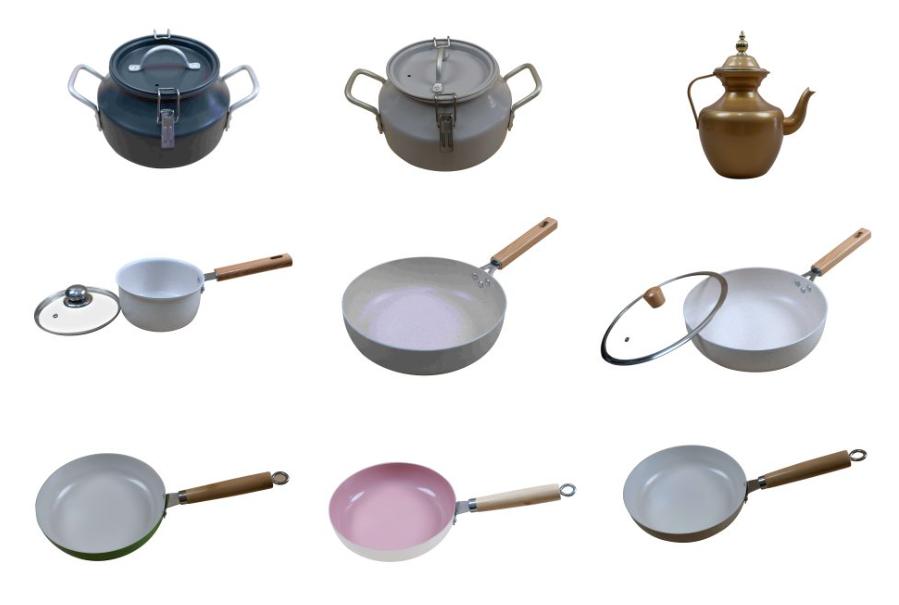
Application Scenario Guide: Choose According to Needs
Different cooking tasks and culinary preferences lend themselves to specific cookware materials.
Aluminum is best suited for:
- Dishes requiring rapid and even heating (e.g., stir-fries, omelets, pancakes).
- Lightweight cookware for easy handling (e.g., large sauté pans).
- Budget-conscious cooks.
Stainless steel is best suited for:
- Dishes requiring long cooking times (e.g., stews, soups, braises).
- Searing meats at high temperatures.
- Versatile cookware for all cooktops, including induction.
- Durability and low-maintenance.
Clad Cookware (Stainless steel with an aluminum core):
A versatile option that combines the benefits of both materials, offering excellent heat conductivity and durability.
Consider your most frequently cooked dishes and prioritize the material that best complements your cooking style. Ultimately, the “best” cookware is subjective and depends on your individual needs and preferences. There is no one-size-fits-all answer. If you looking for an aluminium cookware manufacturer, please feel free to contact Lanren Aluminium.
Related Products

